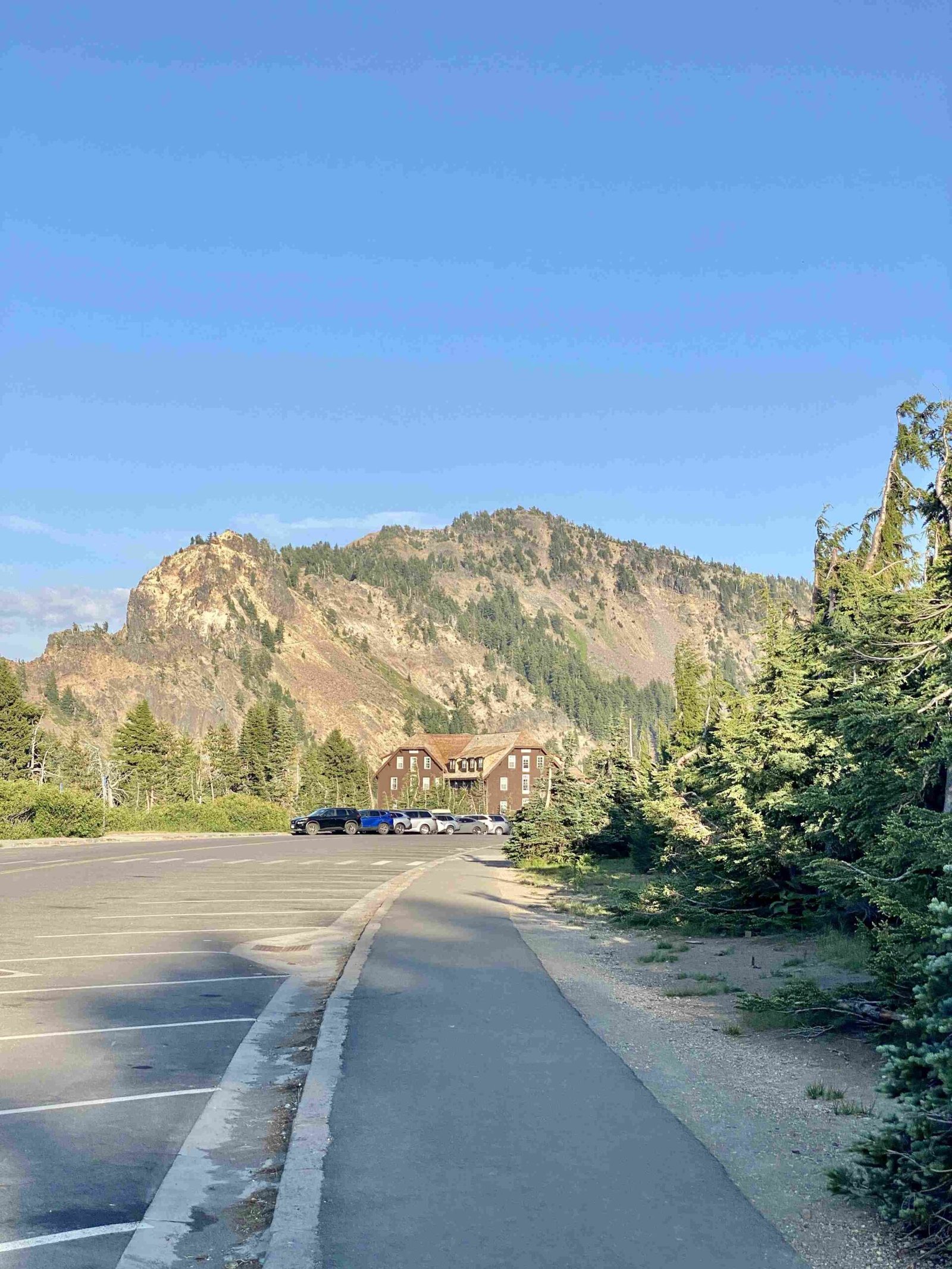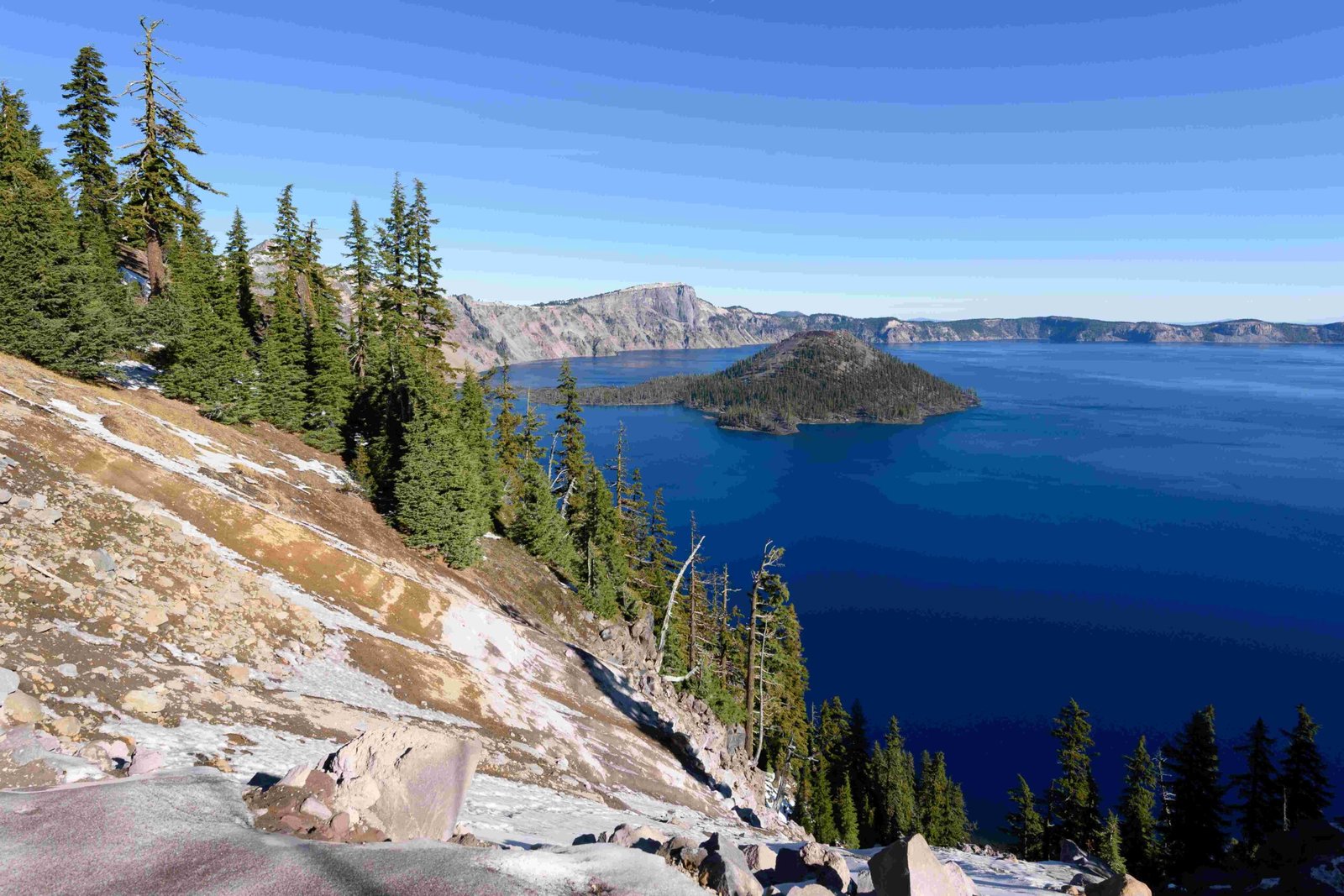Crater Lake in Oregon and Wind Cave in South Dakota are two distinct natural wonders in the United States. Crater Lake, formed in the caldera of an ancient volcano, is known for its deep blue waters and stunning vistas. Wind Cave, on the other hand, is a complex underground system famous for its unique boxwork formations. While these two attractions are not directly related, they both offer unique geological features and outdoor experiences for visitors.
What is the Geological Significance of Crater Lake?

Crater Lake, located in southwestern Oregon, is a testament to the power of volcanic activity. Formed approximately 7,700 years ago when Mount Mazama collapsed after a massive eruption, the lake is now a serene blue expanse nestled within a volcanic caldera.
Key Geological Features:
- Depth: Average depth of 1,500 feet (457 meters), maximum depth of 1,943 feet (592 meters)
- Elevation: Surface elevation of 6,173 feet (1,881 meters) above sea level
- Diameter: Approximately 6 miles (10 km)
The lake’s exceptional clarity and deep blue color are due to its isolation from external water sources, being fed primarily by rain and snowmelt.
How Was Wind Cave Formed?

Wind Cave, situated in the Black Hills of South Dakota, presents a stark contrast to Crater Lake’s surface beauty. This underground labyrinth was formed through the slow dissolution of limestone by acidic water over millions of years.
Wind Cave Formation Process:
- Deposition of limestone and gypsum in an ancient sea (350 million years ago)
- Uplift of the Black Hills region
- Erosion and dissolution of rock by acidic groundwater
- Formation of unique speleothems like boxwork and frostwork
What Activities Can Visitors Enjoy at Crater Lake?
Crater Lake National Park offers a variety of activities for nature enthusiasts and casual visitors alike.
Popular Activities:
- Scenic Rim Drive (33-mile loop with stunning viewpoints)
- Boat tours to Wizard Island (seasonal)
- Hiking trails of varying difficulty
- Stargazing (the park is known for its dark skies)
- Winter activities like snowshoeing and cross-country skiing
What Types of Tours are Available at Wind Cave?
Wind Cave National Park provides several guided tour options to explore the underground wonders.
| Tour Name | Duration | Difficulty | Features |
|---|---|---|---|
| Natural Entrance | 1 hour | Moderate | Descends through the cave’s natural opening |
| Fairgrounds | 1.5 hours | Moderate | Showcases diverse cave formations |
| Candlelight | 2 hours | Strenuous | Explores by candlelight for an authentic experience |
| Wild Cave | 3-4 hours | Very Strenuous | Off-trail spelunking for adventurous visitors |
How Does the Wildlife Differ Between Crater Lake and Wind Cave?
The ecosystems of Crater Lake and Wind Cave are vastly different, leading to diverse wildlife populations.
Crater Lake Wildlife:
- Aquatic: Rainbow trout, kokanee salmon
- Terrestrial: Black bears, elk, marmots
- Avian: Bald eagles, Clark’s nutcrackers
Wind Cave Wildlife:
- Surface: Bison, elk, pronghorn
- Underground: Bats, cave-dwelling insects
- Rare: Black-footed ferrets (reintroduced to the park)
What are the Best Times to Visit Crater Lake and Wind Cave?
The optimal visiting times for these parks depend on the desired activities and weather preferences.
Crater Lake:
- Summer (July-September): Ideal for hiking, boat tours, and scenic drives
- Winter (December-March): Perfect for snow activities, though access is limited
Wind Cave:
- Year-round cave tours available
- Summer: Best for combining cave tours with surface activities
- Spring/Fall: Less crowded, mild weather for hiking
How Can Visitors Prepare for the Unique Environments of Crater Lake and Wind Cave?
Proper preparation is key to enjoying these diverse environments safely and comfortably.
Crater Lake Preparation:
- Bring layers of clothing (temperatures can vary significantly)
- Sun protection (high altitude increases UV exposure)
- Sturdy hiking boots for trails
- Binoculars for wildlife viewing
Wind Cave Preparation:
- Wear closed-toe shoes with good traction for cave tours
- Bring a light jacket (cave temperature is constant at 54°F/12°C)
- Avoid touching cave formations to preserve them
- Consider bringing a headlamp for specialized tours
What Conservation Efforts are in Place at Crater Lake and Wind Cave?
Both national parks have ongoing conservation programs to protect their unique ecosystems.
Crater Lake Conservation:
- Water quality monitoring
- Invasive species management
- Fire management to maintain forest health
- Visitor education on Leave No Trace principles
Wind Cave Conservation:
- Cave microclimate monitoring
- Protection of rare cave-dwelling species
- Prairie restoration projects
- Bison management program
By understanding the distinct features and conservation needs of Crater Lake and Wind Cave, visitors can appreciate these natural wonders while helping to preserve them for future generations.

